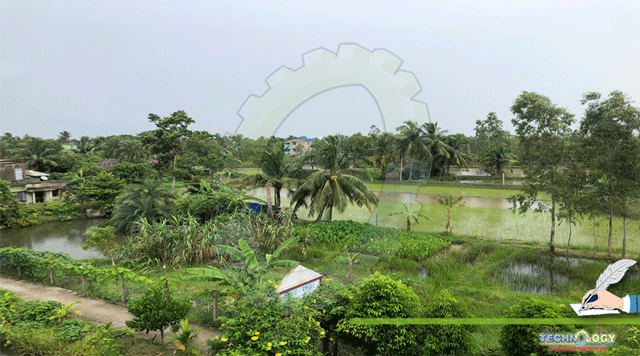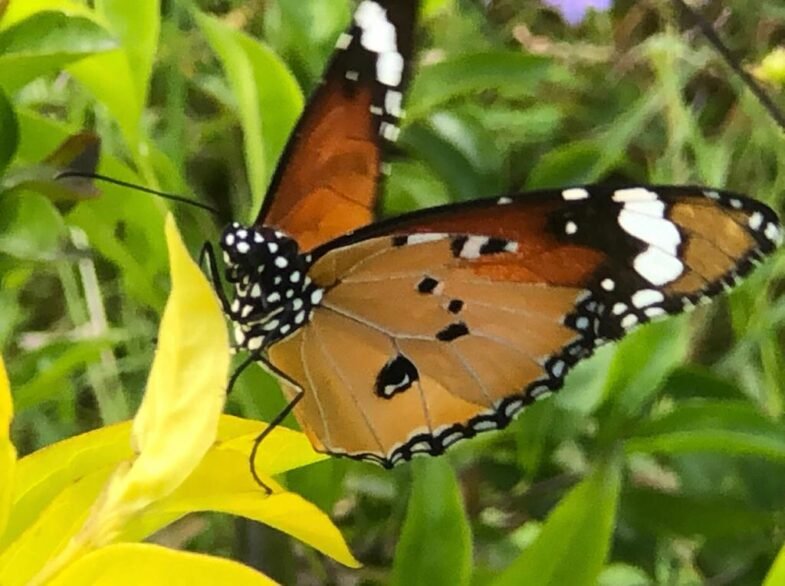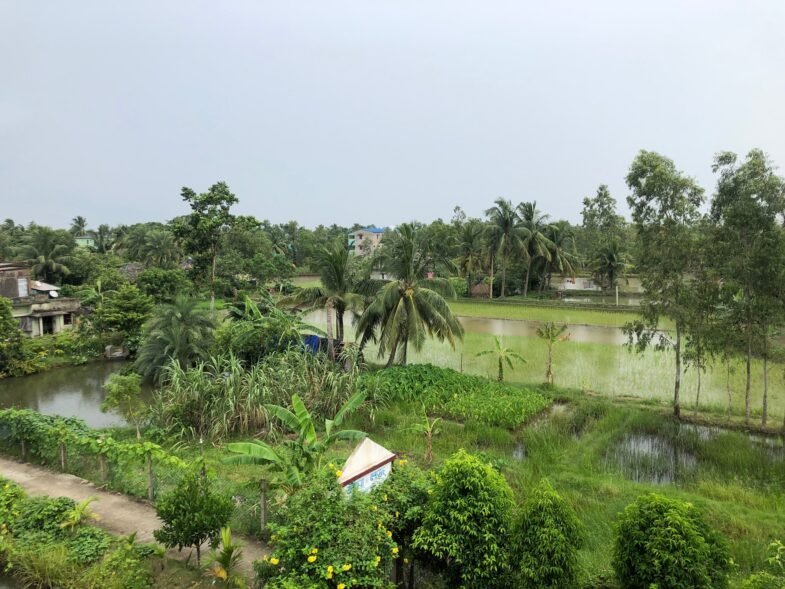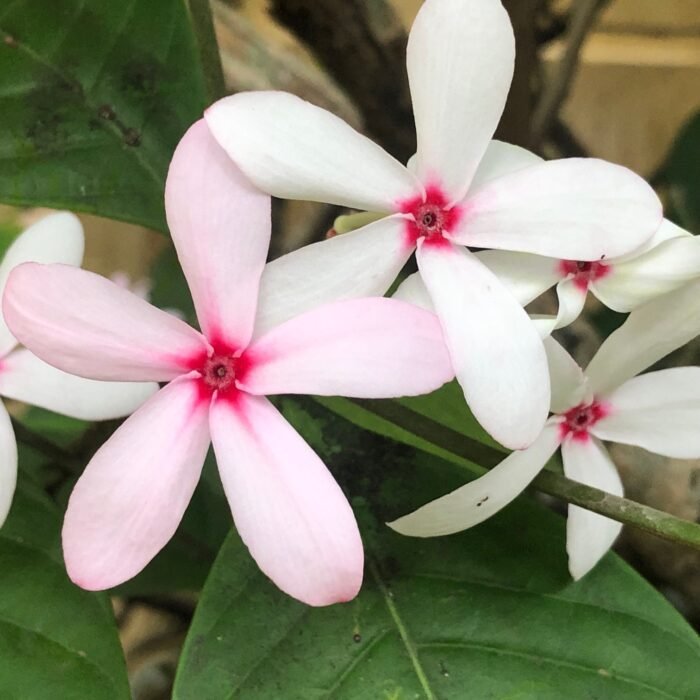Medicinal plants are a key natural resources for both traditional and modern medical system. A huge quantity of medicinal plants are exported annually for production of both natural and synthetic drugs used in modern allopathic medicine; as well as alternative medical systems such as Homeopathy, Ayurveda, Siddha and Yunani.

By Saikat Kumar Basu
In addition to the traditional and modern medicines produced from various species of medicinal plants; they are also used in the modern functional food and nutraceutical industries besides the pharmaceutical industry. The profit margins for producers of medicine has been increasing almost in geometric progression.
As a consequence, the demands for medicinal plants has been increasing in local, regional and international markets rapidly. Since the demand is much higher than the supply, certainly there is corruption as well as dangers of over exploitation of medical plants from their natural ecological habitats. Commercial agronomic production of several important medicinal plants are a distant dream and often has very little agronomic information available about them in primary, secondary and tertiary literature sources.
Eco restoration could effectively serve as an important platform for the conservation of both traditional medicinal plants; as well extend conservation of local vegetation and biodiversity at large. A simple road side plantation carried out by local community members in both urban and rural areas and by plant and ecosystem enthusiasts by using the seedlings distributed through government and non-government environmental protection agencies can be a very good starting point. Another simple approach is buying seedlings from local nurseries specializing on medicinal and local plants can play a significant role in establishing green zones through the process of Eco restoration.
Any target particular unused soil patch can be subjected to planting into 2m X 2m plots in the establishing year with spacing of 1-2 m between the plots. Expecting at least 30-50% establishment this effort can lead to successful Eco restoration with minimal labour, cost and management efforts. Left to establish in the successive years by including a mixture of annual, biennial and perennial medicinal herbs, shrubs and trees during establishment can help in establishing a natural ecological region enriching local biodiversity. The spaces between plots and in and around individual established plants in the successive eco transformation will be filled in by local vegetation like weeds, crop species and even ornamentals. It s strongly recommended to include some annual as well as perennial warm and cool season grasses to be used as good soil binders. The roots of these plants not only penetrate deep inside the soil profile helping them to stick cohesively with the soil particles; but also procure water and nutrients from various depths of the soil reducing competition between various species of plants.
In successive years following establishment it is good to do some additional planting to successfully fill up open or exposed soil surface areas and introduce species like neem, gamar, kurchi and similar plants in the spaces opening up. The area under Eco restoration must not be allowed to clean any natural vegetation growing on the ground except invasive or exotic species. No fertilizer or pesticides or herbicides should be used too to avoid chemical contamination and accidental mass killing of eco friendly resident insect, bird and mammalian populations inhabiting these restoration zones. Many of the local species which were not planted appeared in in the are because of seed dispersal by wind or birds.The councillor was requested for the sake for conservation of biodiversity not to take up cleaning of the area.
Over time the entire area subjected to Eco restoration rapidly transforms into a dense natural forest developed organically with simple basic elements of our natural ecosystems. This organically generated natural forests have several layers of understory plants underneath the growing canopy of taller trees and eventually produces a compact thick mat of decomposed and semi decomposed leaf litters that serve as an important source of natural or biological fertilizers for the newly growing plants
Insect pollinators such as bees, butterflies, moths, beetles, flies and ants are all vanishing first around the planet due to excessive use of toxic synthetic chemical pesticides in agriculture and through severe anthropogenic industrial pollution. About 85% of flowering plants (including medicinal abs ornamental plants as well as forest trees) on our planet are dependent on these insect pollinators for their survival and maintaining the balance of our ecosystem. Not just insects, but several species of birds, bats, snails and slugs; as well as some species of lizards, small furry mammals like rodents and even certain mongoose species have also been reported as good pollinators.
The worst impacted among all the natural pollinators are the bees (both honeybees and native bees) due to excessive use of toxic pesticides, rapid transmission of various parasitic diseases, poor nutrition and lack of adequate bee foraging plants (melliferous flora). Unfortunately, all these species are showing alarming decline around the planet. As global citizens it is our responsibility to protect our fragile ecosystems by successfully conserving our farmer-friendly and eco-friendly insect pollinators. If these pollinators vanish then our agriculture, apiculture and forestry industries will be completely devastated. Ecology and economy must work hand in hand. Hence, Eco restoration has an important role to play to protect and conserve various vulnerable, endangered, critically endangered and bear extinct endemic medicinal plants from possible threats of extinction.
Such Eco restoration done in conjunction with integrated conservation of natural (biological) pollinators has been referred as Pollinator Sanctuary or Pollinator Garden. Such gardens are not only visited by pollinator insects like bees, but also by reptiles, birds and mammals. Pollinator Sanctuaries established by using small protected organic units on the farm or crop field perimeters, in hard to access or otherwise unproductive non-agronomically suitable lands, open areas in urban and rural locations, places adjacent to waterbodies and irrigation canals, lawns, boulevards, avenues, city parks, gardens, backyard kitchen garden are suitable for Eco restoration giving excellent results. The avifauna attracted to such ecologically restored and conserved prime habitat are different Skechers of rock pigeons, green legions, wagtails, orientalist magpie robin, sparrows, munia, tailor birds, orioles, barbets, woodpecker, sterlings, dove, parakeets, local myna, drongos, sparrows, rufous tree pie, egrets, kingfishers, owls and owlets, jungle babblers, crow pheasant, crows, eagles to name only a handful. Reptiles like garden lizards and amphibians such as toads and frogs etc are also found to forage and nest in these depleted forest areas. All these biological species together provide a multi-level integrated habitat conservation as a result of Eco restoration projects run efficiently and effectively. This integrated Eco restoration approach not only helps in the conservation of local medicinal plants but also in establishing and securing local biodiversity.
Hence, as a result of biodiversity gradually Eco restoration process has initiated. Actually I feel proper choice of species, public participation and cooperation of local bodies and people are absolutely essential for Eco restoration. There is need such type of restorative measures taken up in both urban, rural and forested areas wherever even small pockets of land is available. With increasing human populations and anthropogenic activities without proper monitoring and surveillance for their basic survival needs, we are putting medicinal plants and other components of our ecosystem at stake.



